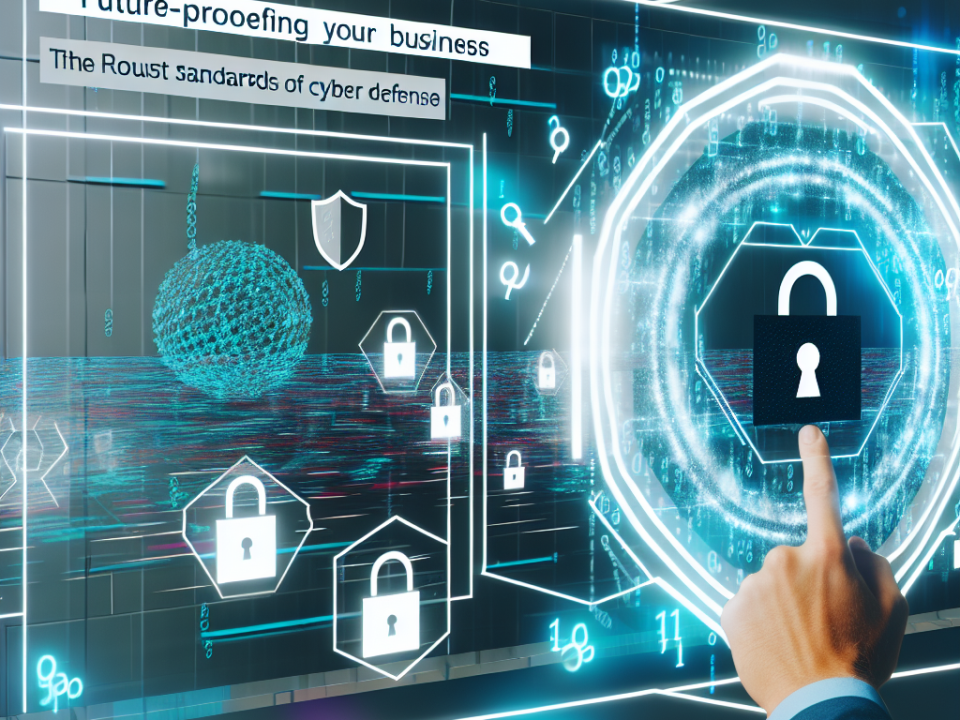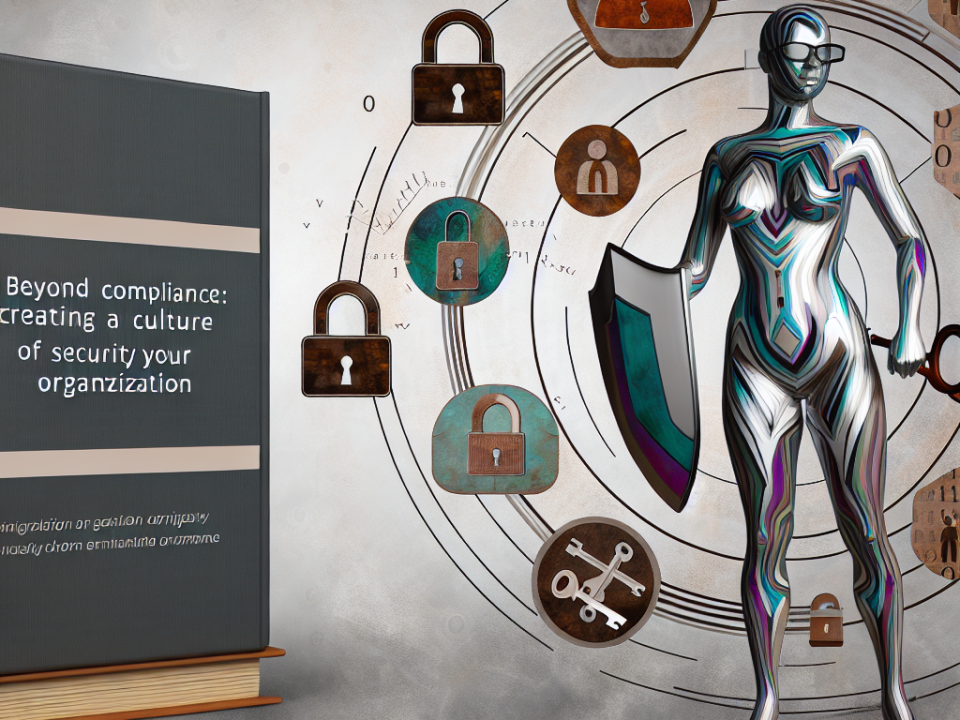
Fortify Your Data: Best Practices for Secure Cloud Infrastructure
June 29, 2025
The Cloud Security Checklist: Essential Strategies for Businesses
June 30, 2025
In today’s digital landscape, identity is not just a matter of personal recognition; it has become a cornerstone of cybersecurity. As organizations increasingly rely on remote work, cloud solutions, and interconnected services, identity management is critical for safeguarding sensitive information and maintaining compliance with regulations. This article explores how fostering a culture of security compliance centered around identity can be the new frontier for enterprises aiming to enhance their security posture.
The Importance of Identity Management
As data breaches become more frequent and sophisticated, traditional perimeter defenses are no longer sufficient. Cybercriminals target identities as the primary means to gain access to sensitive data. According to industry reports, compromised credentials are involved in over 80% of data breaches. Hence, an effective identity management strategy is paramount.
Understanding the Identity Spectrum
The identity spectrum encompasses various aspects, such as user and device identities, access controls, and authentication methods. It’s not just about who you are but also about what you can access and under what circumstances. This brings us to the concept of identity governance and administration (IGA), which ensures that the right individuals have the appropriate access to technology resources.
Building a Culture of Compliance
1. Employee Awareness and Training
A robust security culture begins with education. Organizations must invest in training programs that emphasize the importance of identity security. Employees should understand the risks associated with poor identity management practices, recognize phishing attempts, and cultivate good password hygiene.
2. Integrate Security into Onboarding Processes
From day one, new hires should be introduced to the importance of identity security in their roles. Incorporating security compliance training into the onboarding process helps instill a sense of responsibility regarding identity management.
3. Promote Transparent Communication
Fostering open lines of communication between IT and end-users can demystify security protocols. Regularly scheduled briefings, newsletters, and awareness campaigns will encourage dialogue around identity security and compliance, making employees feel more involved.
4. Utilize Technology Solutions
Employ advanced identity and access management (IAM) solutions to streamline the identification and authentication processes. Multi-factor authentication (MFA), single sign-on (SSO), and biometric access controls can enhance security while making it easier for employees to comply with policies.
5. Continuous Monitoring and Auditing
Establish regular audits of access rights and user activities. Continuous monitoring solutions can help detect anomalies that may indicate a breach. This real-time oversight fosters a proactive approach to identity security and encourages compliance.
6. Encourage Reporting of Security Incidents
Create an environment where employees feel comfortable reporting suspicious activities or potential security breaches. A transparent process for incident reporting can help identify vulnerabilities early and strengthen the overall security framework.
7. Leadership Buy-in
Leadership plays a vital role in modeling a culture of compliance. Executives should publicly prioritize security and identity management, making it clear that security is everyone’s responsibility. When leaders take identity security seriously, it sets a standard that resonates throughout the organization.
The Role of Regulations and Standards
Various regulations—such as GDPR, HIPAA, and PCI DSS—are increasingly mandating stringent identity management practices. Compliance is not just a legal obligation; it is also a competitive advantage. Organizations that prioritize a culture of security compliance demonstrate their commitment to protecting customer data, which can bolster trust and loyalty.
The Future of Identity Security
As technology evolves, so too will the challenges associated with identity management. Innovations like artificial intelligence (AI) and machine learning (ML) offer exciting possibilities for automating threat detection and enhancing user authentication processes. However, as these technologies become more prevalent, so do the risks. Organizations must stay ahead by continuously adapting their identity strategies to mitigate emerging threats.
Conclusion
Identity is indeed the new frontier in cybersecurity. By fostering a culture of security compliance rooted in effective identity management practices, organizations can significantly reduce their risk of data breaches while enhancing customer trust. Remember, in the evolving landscape of digital security, identity management is not just a technical requirement; it is a critical component of organizational culture that requires commitment, communication, and continuous improvement. Embracing this culture today will prepare organizations for a safer digital tomorrow.







